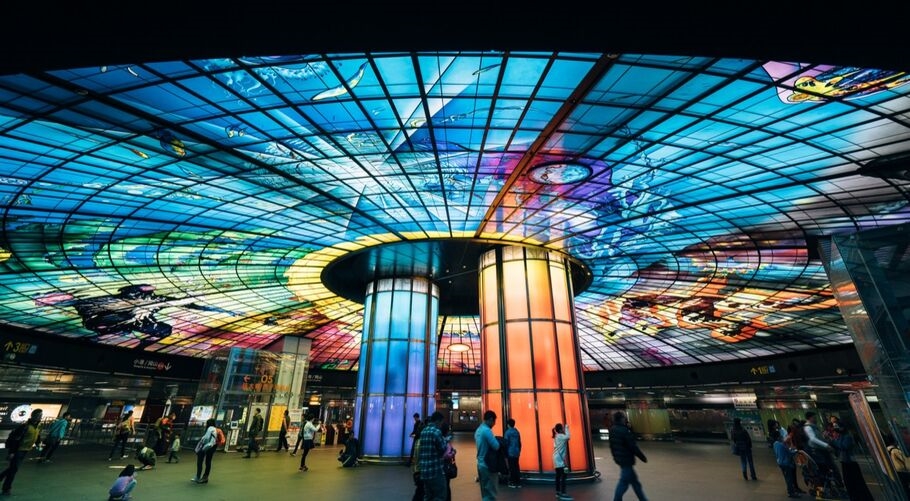Discovering Art at People’s Square Metro Station
People’s Square Metro Station in Shanghai is not just a transit hub; it’s a vibrant gallery of unique art installations. This bustling station, one of the busiest in the world, offers more than just a means to get from point A to point B. It provides a cultural experience that captivates both locals and tourists alike. Let’s explore the artistic wonders that make this metro station a must-visit destination.
A Fusion of Art and Functionality
The art installations at People’s Square Metro Station are a perfect blend of creativity and practicality. As you navigate through the station, you’ll notice that the art is seamlessly integrated into the architecture. From the walls to the ceilings, every surface is a canvas. The installations are designed to enhance the commuter experience, making the daily grind a little more enjoyable. The art not only beautifies the space but also serves as a wayfinding tool, helping passengers navigate the complex station layout.
Interactive Installations
One of the standout features of the art at People’s Square Metro Station is its interactivity. Many installations invite commuters to engage with them, turning a mundane commute into an interactive experience. For instance, there are digital displays that respond to movement, creating a dynamic visual experience as people pass by. These interactive pieces are not only entertaining but also encourage a sense of community among commuters, as people often stop to admire and discuss the art together.
Celebrating Local Culture
The art installations at People’s Square Metro Station also serve as a celebration of local culture. Many pieces are inspired by Shanghai’s rich history and vibrant present, offering a glimpse into the city’s soul. From traditional Chinese motifs to contemporary designs, the art reflects the diverse cultural tapestry of Shanghai. This cultural representation not only enriches the station’s aesthetic but also educates commuters and visitors about the city’s heritage and modern-day life.
